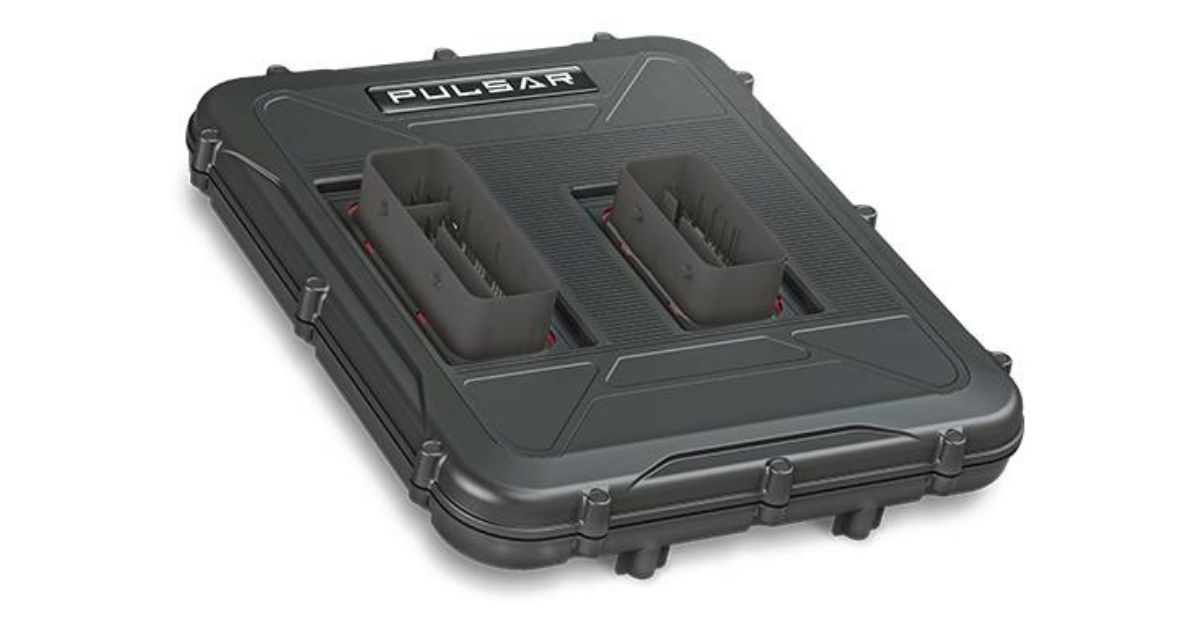


As a truck enthusiast, you might have encountered the term “tuning stages” when exploring ways to enhance your vehicle’s performance. But what exactly are tuning stages, and why do they matter? If you’re interested in tuning your truck and engine, it may be time to find out everything there is to know about tuning stages so you can make sure you’re giving your vehicle the performance upgrade it needs!
Tuning stages refer to various levels or phases of modifications made to a vehicle’s engine with the objective of improving its overall performance. These modifications can range from simple bolt-on upgrades, like a high-performance air filter, to more complex changes that necessitate professional installation, such as upgrading the electronic control unit (ECU) for more precise engine management. The goal of tuning stages is to increase horsepower, torque, and overall engine efficiency, ensuring your truck performs at its best.
Tuning stages are crucial for anyone looking to enhance their vehicle’s performance. By adopting a structured approach to modifying your truck, each upgrade will build on the previous one, maximizing your truck’s potential.
Additionally, understanding tuning stages helps you make more informed decisions when it comes to purchasing upgrades and selecting a reputable tuner. Tuning also allows you to tailor your vehicle’s performance to match your driving style and needs, whether you’re aiming for a track-ready beast or a more responsive daily driver.
The different tuning stages are typically known as Stage 1, Stage 2, Stage 3, and so on. These numbers reflect the level of modifications made to the engine, with each subsequent stage introducing more advanced upgrades and enhancements to the vehicle’s performance capabilities. As you progress through the stages, the complexity and intensity of the modifications increase, allowing the vehicle to achieve greater power and efficiency.
Each stage builds upon the previous one, so it’s important to start with Stage 1 before moving on to higher stages for compatibility and max performance gains. Skipping stages could lead to compatibility issues and reduced modification effectiveness. Starting at the foundational level allows for a systematic enhancement of the vehicle’s systems so each component works in harmony and achieves optimal results.
Stage 1 upgrades usually involve simple bolt-on modifications such as an upgraded air intake or exhaust system designed to improve airflow and increase engine output with minimal impact on reliability. These modifications are relatively easy to install and generally do not require major changes to the vehicle’s existing systems. Stage 1 upgrades are an excellent introduction to the world of performance tuning, offering noticeable improvements without significant investment.
Stage 2 typically includes more extensive modifications, such as a larger turbocharger or fuel injectors, which boost power but may require additional cooling or fueling upgrades. These changes are more complex and often require professional installation to secure all components. An expert can help you get the increased power you want without compromising your truck’s stability and reliability.
Moving on to Stage 3 often requires significant changes to the engine, such as forged internals or a built transmission, to handle the increased power output safely. These modifications are designed to reinforce the engine’s structure and components so they can withstand the stress of enhanced performance. At this level, the modifications are not just about adding power but also about enhancing the vehicle’s durability and longevity under demanding conditions.
Vehicles may have different requirements for each tuning stage, so work with a professional tuner for specific recommendations tailored to your make and model. This way, you can be confident that the modifications are appropriate for your truck and that you achieve your desired performance goals.
Tuning stages are not limited to performance upgrades but can also include aesthetic modifications like body kits and wheels, which enhance the truck’s visual appeal. Customizing the exterior can complement the mechanical improvements, giving your vehicle a unique, personalized look. By combining performance enhancements with aesthetic upgrades, you can create a vehicle that drives well and reflects your personal style.
You must have a solid understanding of your truck’s current state before starting tuning stages, including its horsepower, torque, and other critical engine specs to set realistic performance goals. Having detailed knowledge of your truck’s baseline performance helps in measuring the effectiveness of modifications. This information serves as a valuable benchmark for assessing improvements and identifying areas that may require further attention.
A reputable tuner will provide a custom tune for each stage of modification to optimize the engine’s performance so all components work harmoniously. A proper, efficient tune is essential for balancing power gains with reliability and efficiency. It’s important you work with someone reputable so you can get the enhancements you’re looking for without negatively impacting drivability or your truck’s fuel economy.
Tuning stages are not just reserved for high-performance trucks. They can also benefit everyday vehicles by improving fuel efficiency and overall drivability, making your daily commute more enjoyable. These modifications can lead to a smoother driving experience and lower fuel costs over time. Even modest improvements can make a difference in the daily operation and satisfaction derived from driving your vehicle.
Regular maintenance and upkeep are crucial for enjoying the performance gains from tuning stages. This process extends the lifespan of your upgrades and includes:
Routine care is essential for preserving the integrity and effectiveness of your modifications. A consistent maintenance schedule can prevent potential problems and keep your vehicle performing at its best.
Pushing your truck beyond its capabilities can result in expensive repairs or even engine failure. Have realistic expectations and prioritize safety when modifying your vehicle, ensuring that your enthusiasm for performance doesn’t compromise your vehicle’s reliability. Balancing ambition with practicality helps maintain the longevity and safety of your truck. When you’re confident the modifications will work with your truck, you can rest easy knowing your vehicle will serve you well for years.
Tuning stages play an essential role in optimizing your truck’s performance. Now that you’ve learned everything there is to know about tuning stages, you can bring out your truck’s full potential. Remember to prioritize safety and proper maintenance, and get quality programmers like an L5P programmer from us at Norcal Diesel Performance. With us on your side, you can get back to enjoying every moment behind the wheel.

You must login to post comments.